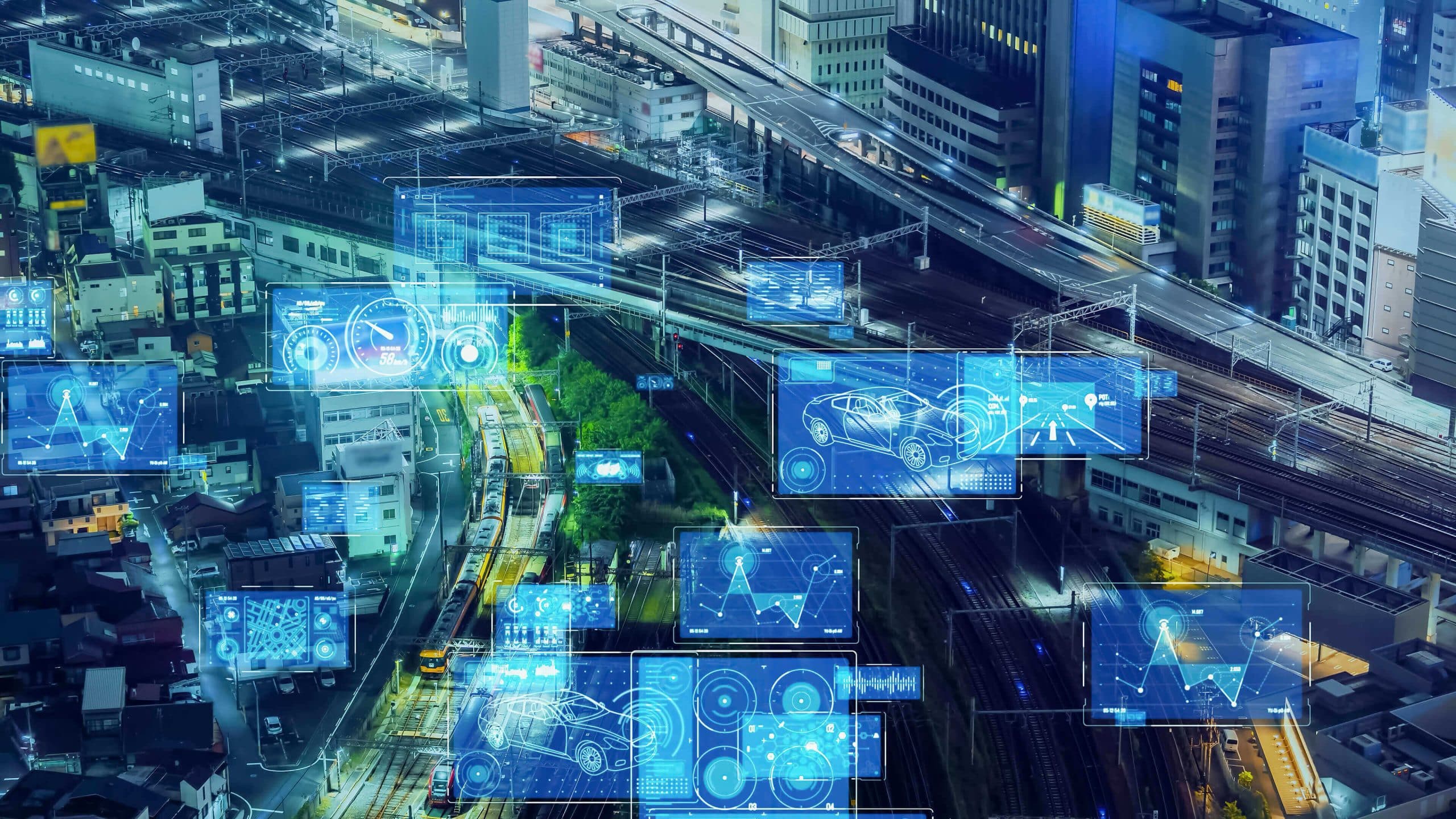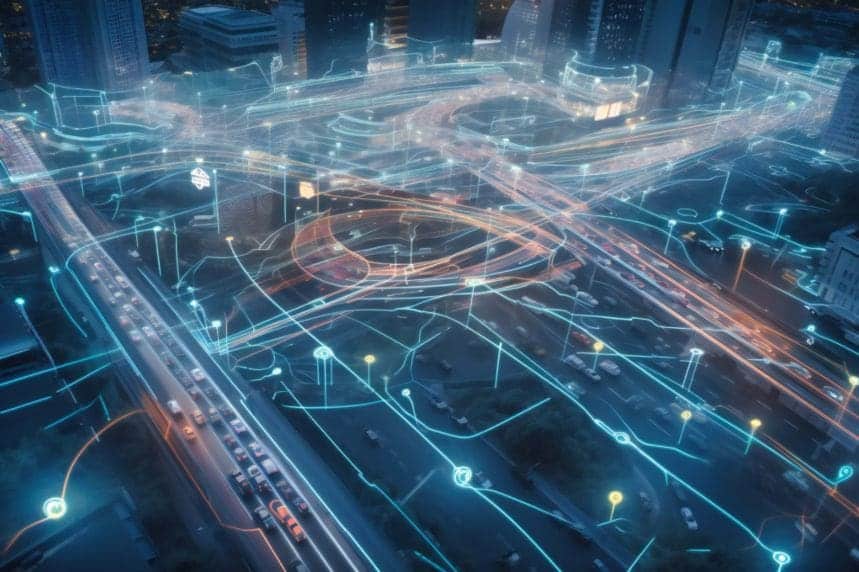As cities grow, traffic congestion and transportation management are becoming increasingly complex. Using artificial intelligence (AI) video surveillance to optimize traffic and transportation management has already been met with success and has made inroads in multiple municipalities worldwide. According to a report by ResearchAndMarkets, the traffic management segment is expected to retain the largest share of the AI market in smart cities by 2027. AI’s ability to process vast amounts of real-time data and identify patterns and trends all help transportation officials make more informed decisions in several use cases. Here is a sample:
Use Cases for AI Video Surveillance in Traffic & Transportation Management
Optimized Traffic Flow
Studies analyzing travel times in urban areas have shown that delays caused by intersections make up 12-55% of daily commute travel. By analyzing video feeds from cameras placed on the roadway, AI can identify traffic patterns and data can improve the coordination of vehicles passing through intersections. Edge computing on connected traffic cameras and GPS devices also allow algorithms to identify areas of congestion and recommend alternative routes. For example, AI can help reroute traffic away from accidents or road construction, reducing congestion and improving travel times.
Improved public transportation systems
AI algorithms can optimize routes, schedules, and service levels by analyzing data on passenger demand, traffic patterns, and transit schedules. For example, AI can help adjust bus or train schedules in real-time based on traffic patterns or passenger demand, improving the system’s overall efficiency. A study in the Journal of Advanced Transportation found that AI algorithms reduced average waiting times for passengers by up to 42% compared to a traditional bus scheduling system. The study also found that using AI algorithms reduced travel times by up to 8.2%.
Reduced Traffic Accidents
The World Health Organization reports that road traffic accidents are the leading cause of death for young adults between the ages of 15 and 29. AI-powered accident prediction and prevention systems have the potential to reduce these numbers significantly. By analyzing video data on traffic patterns, weather conditions, and other factors, AI video surveillance algorithms can identify areas with high rates of accidents and recommend safety improvements. For example, AI can suggest changes to traffic signals or road design to improve safety and reduce accidents.
Enhanced Road Maintenance
Most cities identify maintenance needs when citizens report issues or from visual inspections performed by city inspectors. A company called RoadBotics has developed AI technology that uses intelligent video analytics to on road imagery to assess issues – like potholes, downed trees, and broken sidewalks – and produce cost-effective solutions. This technology is already deployed in more than 150 governments worldwide, ensuring cities know when and where repairs are needed most.

Proven Track Record
Many cities around the world have begun using AI video surveillance in traffic and transportation management to improve efficiency and safety. Here are some examples:
Singapore: The city-state of Singapore has pioneered using AI video surveillance for transportation management. The Land Transport Authority (LTA) has developed an AI-powered traffic management system that uses data from cameras and other sensors to monitor traffic conditions and optimize traffic flow. The system also includes an AI-powered predictive maintenance system for the city’s metro trains.
Los Angeles: Los Angeles has deployed an AI-powered traffic management system that uses data from traffic cameras and sensors to optimize traffic flow and reduce congestion. The system can also adjust traffic signals in real-time to respond to changing traffic conditions. Barcelona has implemented a similar solution for its residents.
Helsinki: Finland’s capital has developed an AI-powered mobility-as-a-service platform that integrates various transportation options, such as public transit, ride-sharing services, and bike-sharing programs, into a single app. The platform uses AI algorithms to optimize routes and schedules based on passenger demand. Amsterdam offers its citizen a similar solution.
New York City: The NYC Department of Transportation uses an AI-powered traffic management system that uses data from traffic cameras and sensors to adjust traffic signals in real time. The system can also predict traffic patterns and adjust traffic signals accordingly to improve traffic flow.
AI is Moving Traffic Forward
The use of intelligent video analytics in traffic and transportation management has the potential to create significant benefits for users, including improved traffic flow, better public transportation, reduced accidents, and more efficient road maintenance. As demonstrated by cities around the world embracing AI to improve efficiency and safety, by harnessing the power of edge computing and AI, cities can create smarter and more efficient transportation systems that benefit both residents and visitors alike.


